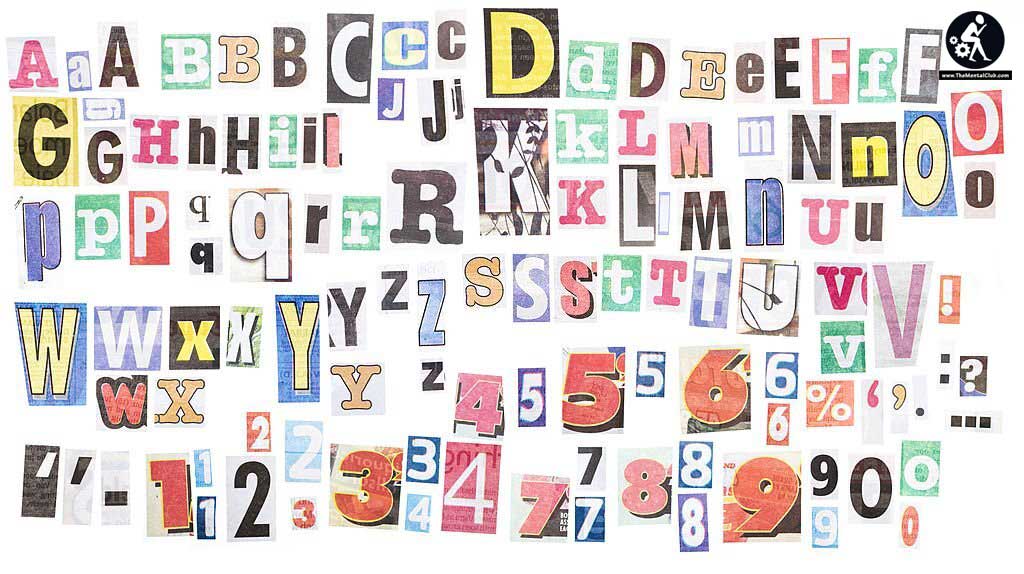When it comes to publishing a book, one of the most crucial aspects is formatting. Proper book formatting ensures that your content is presented in a visually appealing and reader-friendly manner. In this comprehensive guide, we will explore everything you need to know about book formatting, from understanding the importance of formatting to practical tips and best practices. Whether you’re a self-published author or working with a traditional publishing house, mastering book formatting will significantly enhance the overall quality and professionalism of your work.
Why Book Formatting Matters
Book formatting plays a vital role in delivering a seamless reading experience to your audience. It affects how your content is displayed on various reading devices, such as e-readers, tablets, and print books. Well-formatted books are not only visually appealing but also easier to navigate and comprehend. A poorly formatted book, on the other hand, can distract readers and undermine the impact of your writing.
Formatting for Print Books

Choosing the Right Trim Size
The first step in formatting a print book is selecting the appropriate trim size. Trim size refers to the dimensions of the book’s pages. Consider factors such as genre, target audience, and printing cost when deciding on the trim size. Common trim sizes include 6″ x 9″, 5.5″ x 8.5″, and 8.5″ x 11″.
Margins, Headers, and Footers
Setting consistent and adequate margins is crucial for a professional-looking print book. Margins provide breathing space for the text and prevent it from appearing cramped. Additionally, headers and footers can include information like book titles, chapter titles, and page numbers to improve navigation and enhance the overall reading experience.
Typography and Font Selection
Choosing the right typography and fonts greatly impacts the readability of your book. Select fonts that are easy on the eyes and suitable for your book’s genre. Maintain consistency in font usage throughout the book, including headings, body text, and captions.

Chapter Titles and Headings
Using clear and consistent formatting for chapter titles and headings helps readers navigate through your book effortlessly. Consider using bold or larger font sizes for chapter titles and subheadings to make them stand out. Consistency in styling and hierarchy improves the overall visual appeal.
Line Spacing and Indentation
Proper line spacing and indentation contribute to readability. Opt for a line spacing that is comfortable for readers, typically between 1.5 and 2.0. Indent the first line of each paragraph, except for the first paragraph of a chapter or section.
Images and Graphics
If your book contains images or graphics, ensure they are high-resolution and appropriately placed within the text. Captions and labels should be clear and concise, aiding in the understanding of visual elements.
Formatting for E-Books

Choosing the Right File Format
E-books require specific file formats to ensure compatibility across different e-reading devices. The most common formats include EPUB, MOBI, and PDF. Each format has its advantages and considerations, such as reflowable text, fixed layout, and supported features.
Reflowable Text and Dynamic Layouts
Reflowable text allows e-books, including those created by the eBook Writers Company, to adapt to different screen sizes and font settings, enabling readers to customize their reading experience. Ensure that your eBook, crafted by the eBook Writers Company, is designed with a dynamic layout that adjusts seamlessly, maintaining readability across devices.
Font Embedding and Compatibility
To maintain consistency, it’s important to embed fonts in your e-book files. Embedding ensures that the chosen font is displayed correctly on various e-reading devices. However, be mindful of licensing restrictions for font embedding.
Hyperlinks and Navigation
E-books offer the advantage of incorporating hyperlinks for easy navigation. Ensure that hyperlinks within your e-book are properly formatted and functional. Navigation elements like table of contents and chapter links contribute to a smooth reading experience.
Images and Multimedia
When including images or multimedia elements in e-books, consider compatibility across devices. Optimize images for different screen resolutions and choose formats supported by major e-reading platforms. Ensure multimedia elements are appropriately placed and enhance the content rather than distract from it.
Best Practices for Book Formatting

Consistency and Simplicity
Consistency in formatting elements such as fonts, spacing, and styling is crucial for a polished book. Maintain a clean and simple design that complements your content and does not distract readers.
Proofreading and Quality Control
Before publishing your book, proofread it thoroughly to catch any formatting errors, typos, or inconsistencies. Pay attention to details such as widows, orphans, and hyphenation. A well-edited and error-free book enhances the overall reading experience.
Professional Formatting Services
If formatting seems overwhelming or time-consuming, consider hiring professional book formatting services. Experienced formatters can ensure your book meets industry standards and provide guidance on layout, typography, and other design elements.
Conclusion
Mastering the art of book formatting is essential for authors who seek to present their work in a professional and visually appealing manner. By following the guidelines and best practices outlined in this complete guide, you will be well-equipped to create well-formatted books that captivate readers. Remember, proper formatting not only enhances readability but also plays a significant role in establishing your credibility as an author. Embrace the power of effective book formatting and elevate your writing to new heights.


































